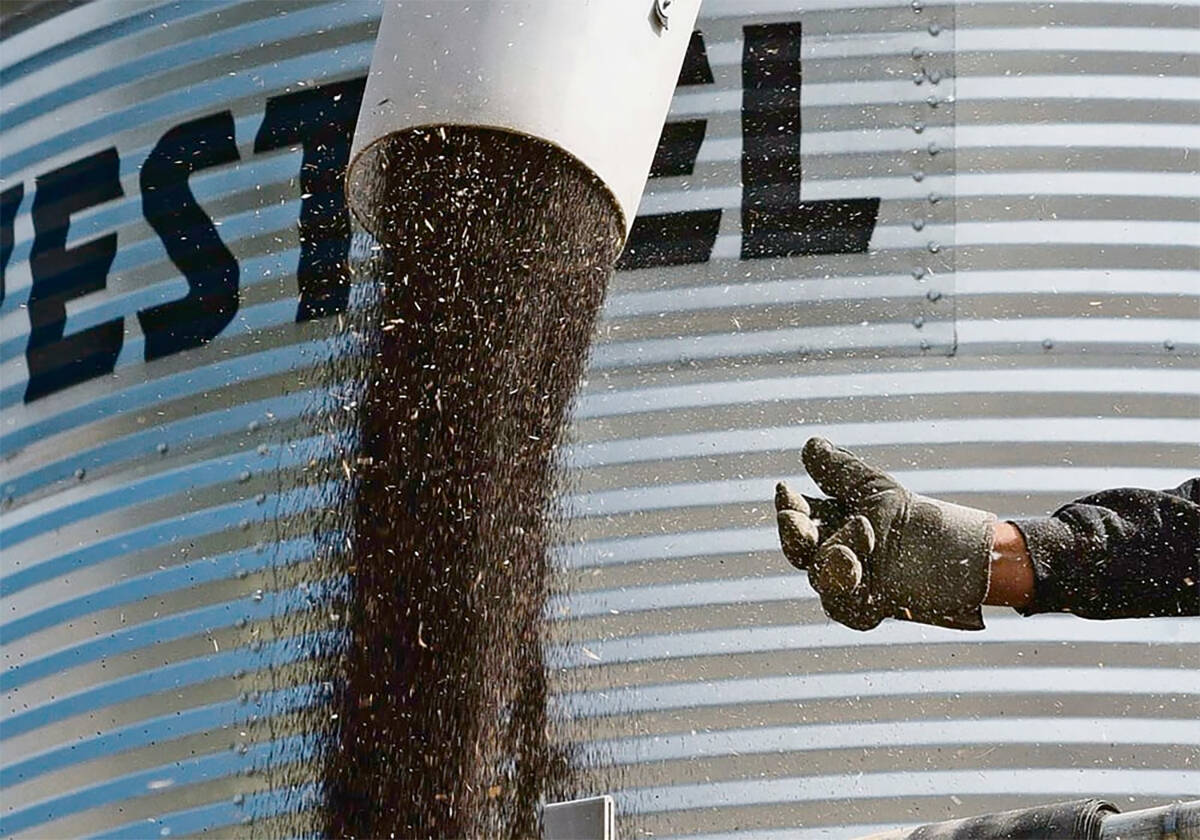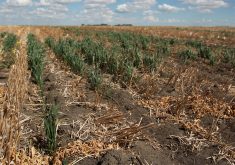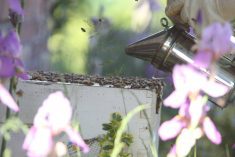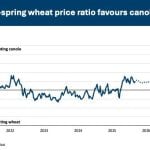Provincial programs intended to help cattle producers dig new wells, expand dugouts and install new watering systems
Manitoba livestock producers coping with depleted or empty dugouts can now get help.
Manitoba and the federal government announced June 8 an enhanced program so ranchers can dig new wells, expand dugouts and install new watering systems.
“Our summer has been dry, and we recognize that many of our producers may require additional assistance to secure a safe and reliable water supply for their livestock,” said Manitoba agriculture minister Blaine Pedersen.
Funding will be provided through an existing provincial program, Managing Livestock Access to Riparian Areas, which encourages producers to adopt beneficial management practices (BMP).
Read Also

Farmers urged to be grain-safe this fall
Working around grain bins comes with risk, from farmers falling to drowning in grain: Experts have five tips to help avoid grain-related accidents this harvest.
The program is backdated to April 1 so projects started this spring are eligible for financial support.
“MFGA sees this as a proactive and appreciated step by the governments of Canada and Manitoba for livestock producers who have been affected by dry conditions on pasture in Manitoba to apply for funding to support water source development,” said Larry Wegner, chair of the Manitoba Forage and Grassland Association.
The financial help is needed because many dugouts are nearly empty, sloughs are drying up and many creeks have mere trickles of water across southern Manitoba.
Tyler Fulton, a cattle producer from Birtle, Man., took a photo of one of his dugouts in early June. In a normal year, the dugout would supply water to cattle until August.
His photo from June 3 showed the dugout was basically a puddle of water, barely enough for a duck to get wet.
“We’ve got surface water conditions that are the lowest that I (can) recall,” said Fulton, president of the Manitoba Beef Producers.
“If the current moisture situation … is not unprecedented, we’d have to go back 40 years to find something similar.”
Most dugouts in southern Manitoba and parts of Saskatchewan are low or empty because of little winter snowfall and an extremely dry autumn. Snowmelt recharges dugouts and sloughs during the spring melt but that didn’t happen this year. Most snowmelt was absorbed into the dry soil.
If cattle don’t have access to water, producers can’t put them out on pasture.
“Even if we get an inch or two inches (of rain) it’s not going to address the livestock water issue, which is preventing us from using much of the pasture that we have,” Fulton said.
Water development projects must be assessed prior to approval. They “may require additional components (fencing of the dugout, alternative watering systems)… to meet the BMP criteria,” the province said.
Interested producers can make applications now until Sept. 1.
For more information, call 1-844-769-6224 or go to www.gov.mb.ca/agriculture.
















